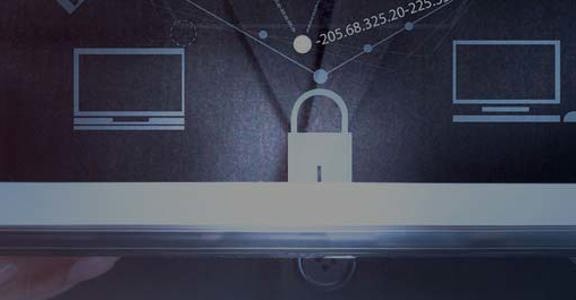Interested in learning what you can do to improve your online safety and security?
Here are downloadable brochures as well as recommendations to help you assess your commercial online risk and what steps you can take to reduce your risk.
Identity theft can occur in a number of ways:
- Getting personal information off of bills or credit card statements in the trash
- Eavesdropping on personal transactions in public
- Impersonating a bank or credit union in an email
- Gathering information from a facsimile of a legitimate site
What can you do to prevent identity theft?
- Shred any documents with your Social Security number or credit information rather than throwing it away
- Log off your computer when you leave it (don't just close the page or "X" out of the system)
- Install anti-virus and anti-spyware software on your computer and run it at least every two weeks
- Be wary of emails from sources you don’t know
- Alternate your risk control processes:
- Choose an adequate user name and password that mixes in small case letters, upper case letters and numbers
- Change your password (e.g., at least every 90 days)
- Safeguard your user name and password information
- Have a firewall in place when conducting financial transactions
- Monitor your account activity on a regular basis
How much online transaction risk does your business face? Make a list of your online processes that may include:
- Passwords being written down and left out in the open
- The use of old or inadequate passwords
- The possibility of internal fraud or theft
- Delays in terminating the rights of former employees
- The lack of dual control or other checks and balances over individual access to online transaction capabilities
What can you do to reduce commercial account risk?
- Use password-protected software to house passwords
- Conduct employee background checks
- Initiate a policy and process to terminate access for former employees
- Segregate duties among two or more people so no one person has too much access or control
- Conduct internal or third party audits of controls
- Use firewalls to protect from outside intrusion or hackers
Let's Start a Conversation
Elevating the Champions of Free Enterprise

